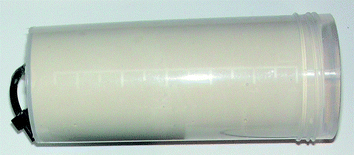A novel method for the in situ calibration of flow effects on a phosphate passive sampler
Abstract
Monitoring of

* Corresponding authors
a
University of Queensland, National Research Centre for Environmental Toxicology and the Queensland Health Scientific Services, 39 Kessels Road, Coopers Plains, Brisbane, Queensland, Australia
E-mail:
d.obrien2@uq.edu.au
Fax: +61-7-32749003
Tel: +61-7-32749060
Monitoring of

 Please wait while we load your content...
Something went wrong. Try again?
Please wait while we load your content...
Something went wrong. Try again?
D. Sara O'Brien, B. Chiswell and J. F. Mueller, J. Environ. Monit., 2009, 11, 212 DOI: 10.1039/B809901D
To request permission to reproduce material from this article, please go to the Copyright Clearance Center request page.
If you are an author contributing to an RSC publication, you do not need to request permission provided correct acknowledgement is given.
If you are the author of this article, you do not need to request permission to reproduce figures and diagrams provided correct acknowledgement is given. If you want to reproduce the whole article in a third-party publication (excluding your thesis/dissertation for which permission is not required) please go to the Copyright Clearance Center request page.
Read more about how to correctly acknowledge RSC content.
 Fetching data from CrossRef.
Fetching data from CrossRef.
This may take some time to load.
Loading related content
